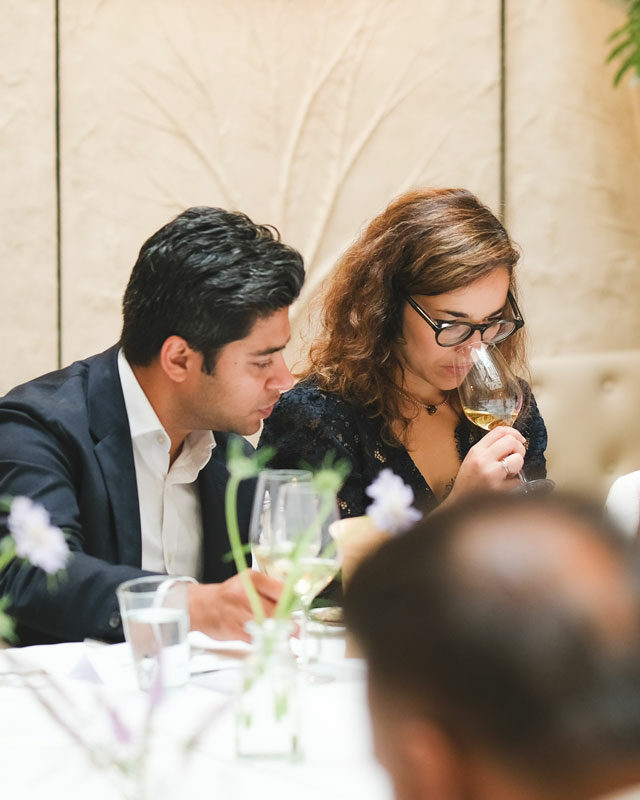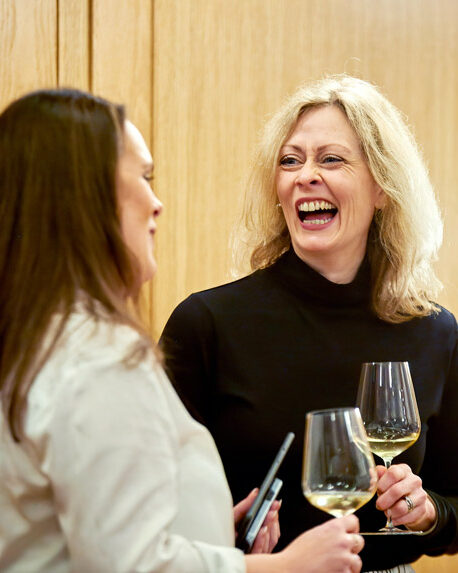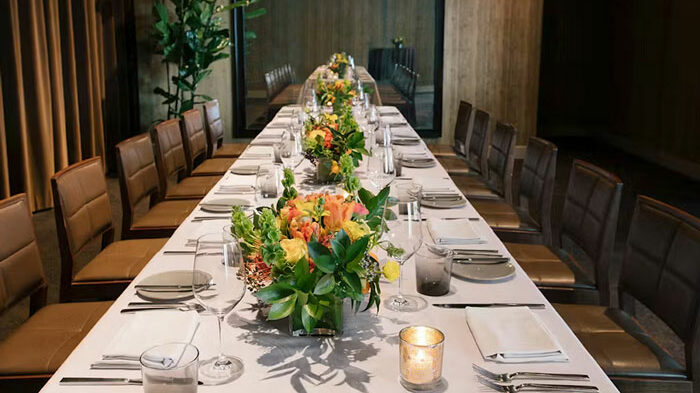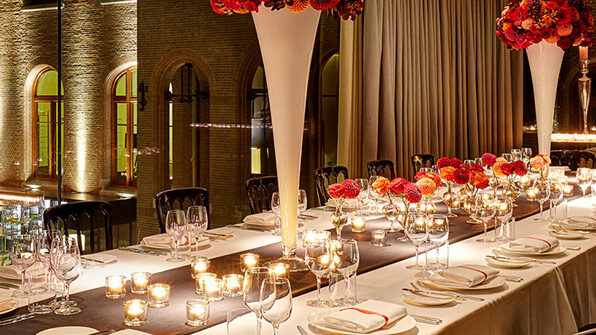
Best-in-class events
Chief Wine Officer delivers unique networking experiences. We blend C-level discussion, peer-to-peer networking and world-class wine tasting in relaxed, informal environments that encourage open discussion between industry leaders.
Our members have been connecting with hard-to-reach executives since 2005, sharing insight, entertainment and partnerships. We now host 150+ events a year, creating valuable new relationships and opportunities around the world.
We create unique environments that are conducive to starting new business conversations and relationships.
We create unique environments that are conducive to starting
new business conversations and relationships.
Michelin-starred restaurants or at home
Our events take place in high-profile restaurants; many with Michelin awards, as well as five-star hotels and even the comfort of your own home. That means you can enjoy exclusive networking, thought leaderships and fine wine tasting no matter how you join us.
Our unforgettable dinners and our convenient at home events draw attendees from a diverse range of regions and perspectives. Both offer a unique charm and value that help guests make hard-to-reach connections.


Networking made easy
Every event is created to give C-suite leaders like you the chance to network in a relaxed and open environment. Share exclusive insights, fine wine and knowledge with your esteemed peers.
It was an insightful session to learn about the product and also to chat with other peers to see how similar the problems are. I love the CWO events and will look out for next one.
– Global Director – Digital Employee Experience, Unilever
Un grand merci pour cette soirée très riche en échanges et très gourmande.
– Head of European and Digital Affaires, SNCF
Thanks so much for hosting a wonderful evening, all. Excellent conversation, excellent food and exquisite wine. All very much appreciated.
– Managing Director,
HSBC Innovation Banking


